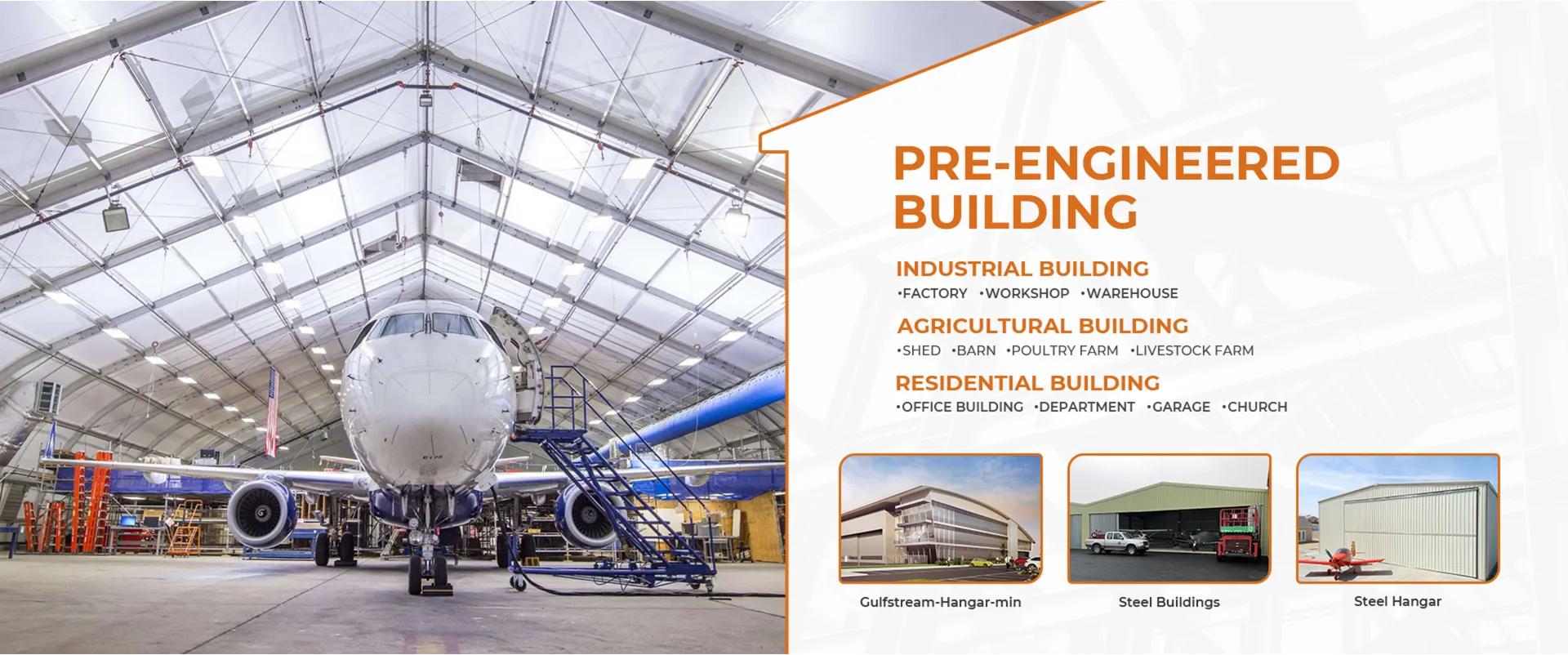- Afrikaans
- Albanian
- Amharic
- Arabic
- Armenian
- Azerbaijani
- Basque
- Belarusian
- Bengali
- Bosnian
- Bulgarian
- Catalan
- Cebuano
- Corsican
- Croatian
- Czech
- Danish
- Dutch
- English
- Esperanto
- Estonian
- Finnish
- French
- Frisian
- Galician
- Georgian
- German
- Greek
- Gujarati
- Haitian Creole
- hausa
- hawaiian
- Hebrew
- Hindi
- Miao
- Hungarian
- Icelandic
- igbo
- Indonesian
- irish
- Italian
- Japanese
- Javanese
- Kannada
- kazakh
- Khmer
- Rwandese
- Korean
- Kurdish
- Kyrgyz
- Lao
- Latin
- Latvian
- Lithuanian
- Luxembourgish
- Macedonian
- Malgashi
- Malay
- Malayalam
- Maltese
- Maori
- Marathi
- Mongolian
- Myanmar
- Nepali
- Norwegian
- Norwegian
- Occitan
- Pashto
- Persian
- Polish
- Portuguese
- Punjabi
- Romanian
- Russian
- Samoan
- Scottish Gaelic
- Serbian
- Sesotho
- Shona
- Sindhi
- Sinhala
- Slovak
- Slovenian
- Somali
- Spanish
- Sundanese
- Swahili
- Swedish
- Tagalog
- Tajik
- Tamil
- Tatar
- Telugu
- Thai
- Turkish
- Turkmen
- Ukrainian
- Urdu
- Uighur
- Uzbek
- Vietnamese
- Welsh
- Bantu
- Yiddish
- Yoruba
- Zulu
Dec . 10, 2024 19:28 Back to list
The Rise of Residential Steel Frame Construction
As the demand for sustainable and durable housing continues to grow, residential steel frame construction has emerged as a compelling solution for homeowners and builders alike. This method not only offers a range of advantages over traditional wood framing but also aligns with modern principles of sustainability and energy efficiency. This article explores the key benefits, challenges, and future of residential steel frame construction.
Advantages of Steel Frame Construction
One of the primary advantages of residential steel frame construction is its strength and durability. Steel is inherently resistant to many of the challenges that wood framing faces, such as pests, mold, and rot. This resilience means that homes built with steel frames can withstand harsh weather conditions, making them a more reliable choice in areas prone to severe weather events like hurricanes or earthquakes.
Additionally, steel frames offer greater design flexibility. Unlike wood, which can warp, twist, or shrink over time, steel maintains its structural integrity, allowing for more innovative architectural designs. Architects can push the boundaries of creativity with open floor plans, large spans, and unique shapes without compromising on safety or stability.
Cost-effectiveness is another notable benefit. While the initial investment for a steel frame may be higher than traditional wood framing, the long-term savings can be substantial. Steel's durability translates into lower maintenance costs over the lifespan of the building. Furthermore, steel frames are often prefabricated, reducing construction time and labor costs. This efficiency can lead to quicker project completion, allowing homeowners to enjoy their new residences sooner.
Sustainability and Energy Efficiency
In today’s environmentally-conscious society, sustainability plays a crucial role in construction choices. Steel is one of the most recycled materials in the world, with a significant portion of new steel products derived from recycled steel. This makes steel frame construction a more eco-friendly option than traditional materials.
Moreover, steel frames can contribute to energy efficiency in residential buildings. The robustness of steel allows for better insulation practices, which can lead to reduced energy consumption for heating and cooling. When combined with energy-efficient windows, roofs, and insulation materials, homes built with steel frames can help minimize environmental impact while keeping utility costs low.
residential steel frame construction

Challenges of Steel Frame Construction
Despite its numerous advantages, residential steel frame construction is not without challenges. One of the most significant hurdles is the perception surrounding steel as a building material. Many consumers are still more familiar with traditional wood framing, which can lead to hesitation and skepticism about the effectiveness and cost-effectiveness of steel frames.
Additionally, the availability of skilled labor to work with steel can be limited. While prefabrication can mitigate some labor issues, there remains a learning curve associated with the installation of steel framing systems. Builders may need to invest in training or recruit specialized labor, which can add to project costs.
Moreover, some regions have specific building codes and regulations that could complicate the permit and approval process for steel-framed structures. Understanding and navigating these regulations is crucial for successful project execution.
The Future of Residential Steel Frame Construction
The future of residential steel frame construction looks promising as awareness of its benefits continues to grow. With a focus on building resilient, sustainable homes, more builders and architects are likely to embrace this method. Innovations in technology, including advancements in prefabrication and the use of smart manufacturing processes, will streamline construction methods and foster even wider adoption.
As society pushes toward greener practices and climate resilience, the move towards steel frame construction will likely accelerate. Emphasizing its durability, design flexibility, and environmental benefits, steel framing has the potential to transform residential construction into a more sustainable and efficient sector.
In conclusion, residential steel frame construction represents a modern approach to building homes that meet the needs of today’s homeowners. While challenges exist, the advantages of strength, sustainability, and cost-effectiveness position it as a leading choice for the homes of the future. As the industry continues to evolve, steel framing might not just be an alternative but a preferred method in residential construction.
-
How Do Prefabricated Steel Structures Transform Modern Construction?
NewsJul.14,2025
-
How Do Prefabricated Metal Buildings Redefine Modern Construction?
NewsJul.14,2025
-
How Do Prefab Insulated Metal Buildings and Steel Structures Revolutionize Modern Construction?
NewsJul.14,2025
-
How Do Pre - Engineered Steel Structures Redefine Modern Construction?
NewsJul.14,2025
-
Advancing Modular Construction with Prefabricated Metal Structures
NewsJul.14,2025
-
Advancing Industrial Infrastructure with Prefabricated Steel Solutions
NewsJul.14,2025
Products categories
Our Latest News
We have a professional design team and an excellent production and construction team.












